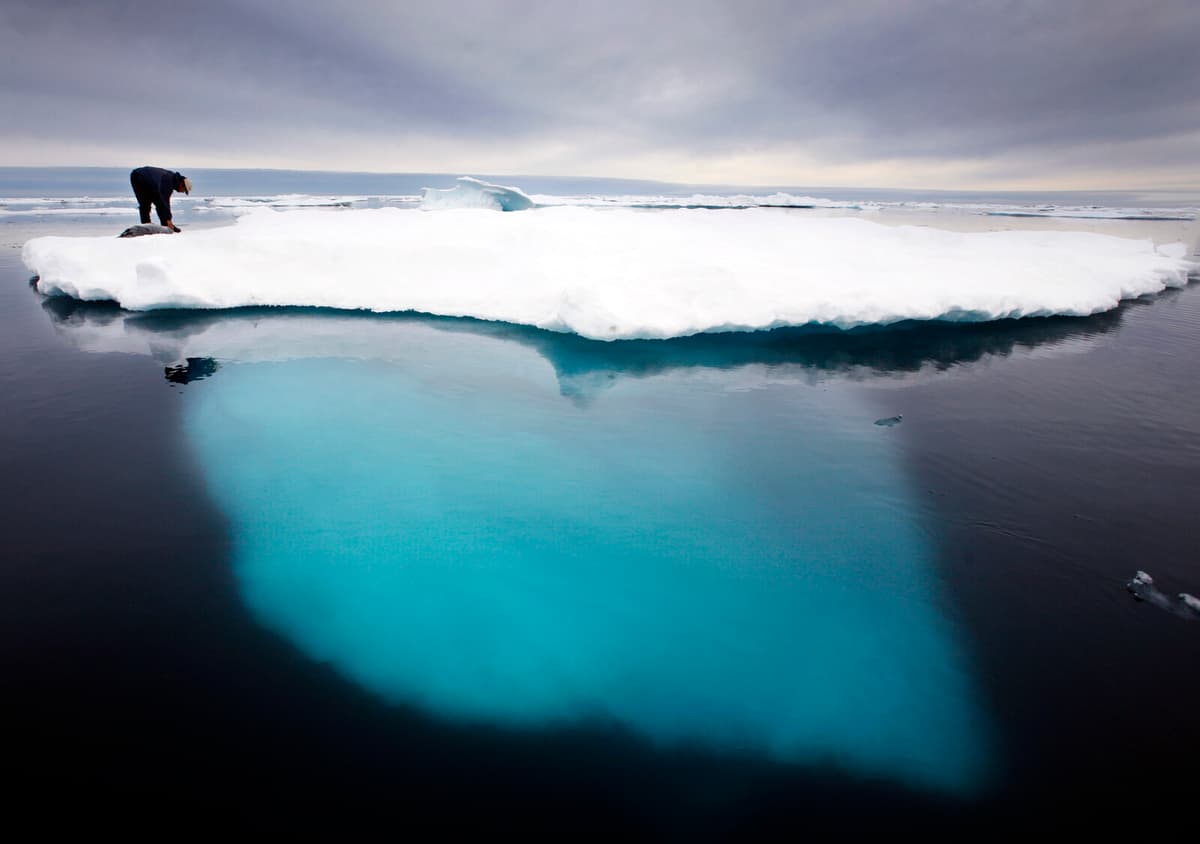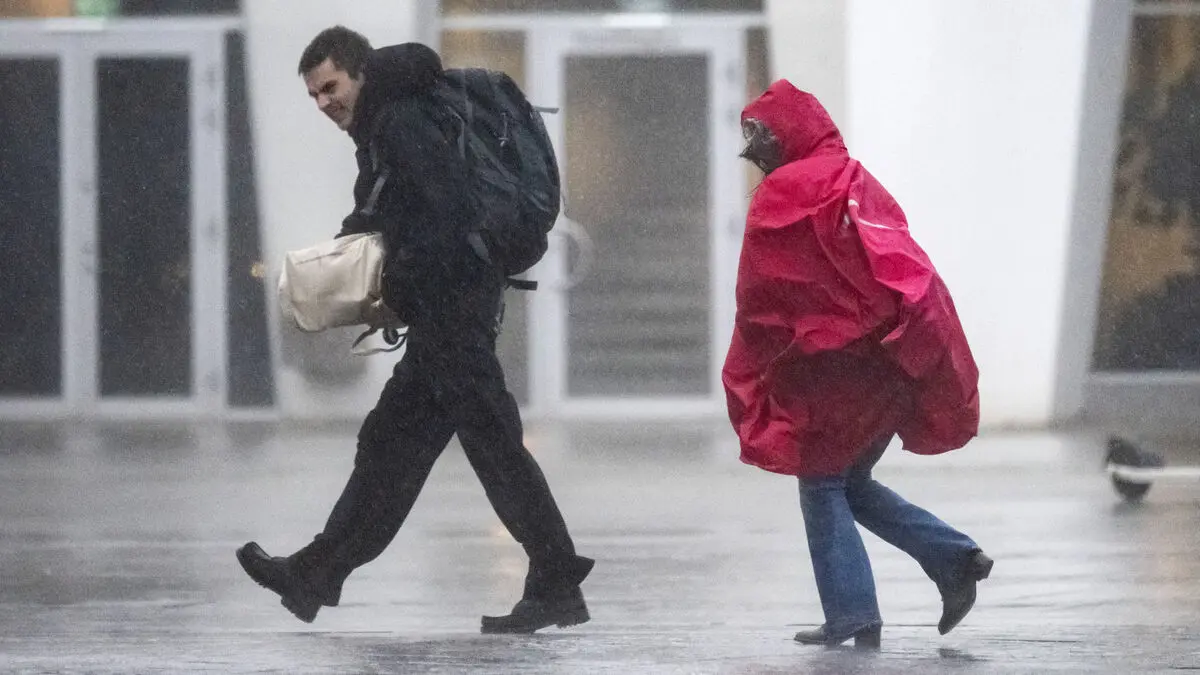Earlier, people believed that the Inuit simply killed everyone, says Mathilde Vestergaard Meyer at Aarhus University to TT. Then it turned out that it was about the climate, a "little ice age" came with more storms, more ice in the fjords.
The thing that Vestergaard Meyer and colleague Felix Riede have now come up with can be seen as a complement to the climate theory – how the toys that existed among the two peoples may have affected how inventive and adaptable they became as adults and the weather changed.
Erik became an outlaw
The fact that the different peoples were pitted against each other began with Erik the Red, the hot-tempered Norseman who went down in history for having baptized Greenland. In the 900s, his family was declared outlaws due to their violence, the Viking Age equivalent of deportation, first in Norway and then also on Iceland.
Erik the Red set out to sea and landed in the early 980s at an ice-free fjord on the world's largest island. The place's fertility, compared to his home territories on Iceland, led him to call the place Greenland.
The visit marked the beginning of a colonization that would last for nearly half a millennium.
Each their own way
However, there were also other people there, further north on the narrow land strip between Greenland's inland ice and the sea. They were Inuit people who had come from the other side, i.e., North America, on and off for several thousand years. The newcomers called them "skraelings".
Simplified, one can say that the Inuit's lives were based on hunting and fishing, while Erik's descendants continued with the farming they were used to from Scandinavia and Iceland. They lived on their own, and the different lifestyles may have contributed to their ability to coexist and trade with each other for several hundred years, even though conflicts also occurred.
But around 1400, the climate changed. A "little ice age" hit hard on the harvests, and the cold made life more difficult in general. The Vikings' descendants – also known as Norsemen or Northerners – were skilled seafarers, but it was to no avail when the ice spread out in the sea.
Striking differences
"The skraelings" were not affected, but the Scandinavians seem not to have been able to or wanted to adapt. Their settlements disappeared, and where Erik's descendants went is still not entirely clear.
In the continued search for clarity, Vestergaard Meyer and Riede began to look at the children's toys in the archaeological finds.
In both societies, they reflect the objects found among the adults in that culture, says Vestergaard Meyer.
The differences were striking. On twelve of the Norsemen's settlement sites, a total of 72 toys were found. On eight of the skraelings' settlement sites, a total of 2,397 toys were found.
Many of them may look similar, but in addition to quantity, the research team also saw differences in quality.
Inuit children had both a larger quantity and more types, greater variation in material and appearance.
Does not reflect nature
One example is bone fragments from seals and other animals that were drilled with holes. They could be used in a hunting game where children with the help of strings and sticks "harpooned" the bone fragments – a good preparation for becoming hunters.
It strengthens precision when hunting with spears from kayaks, says Vestergaard Meyer.
The Vikings' descendants' toys also reflect the adults' occupations, it can be about horses and knives in wood. But few of the objects reflect the Greenlandic nature.
It suggests that they took their agricultural culture with them and did not adapt it to the Greenlandic environment. They did not change to become more nomadic and gatherers as one probably needs to be to survive in Greenland.
A forgotten factor
Thus, it may have been that the Viking children grew up without becoming as prepared for the challenges of Greenlandic life, especially when the weather got worse and the harvests failed.
We think that this has not been taken into account as a factor that could have been decisive for a society's ability to adapt, says Vestergaard Meyer.
Even today, it is the Inuit's descendants who make up the majority of Greenland's population. And in a time when the island's fate is again in the world's focus, Vestergaard Meyer's findings, published in the European Journal of Archaeology, have sparked debate.
There has been a generally positive reaction. But some have called it tricky to compare two such different societies, farmers versus nomads/gatherers, she says.
First to North America
It has also been said that the researchers "call the Norsemen uninnovative", she reports, but means that it is a misinterpretation of the study. They were, for example, extremely innovative in their seafaring – not only did Erik the Red's epoch-making expedition to Greenland take place, his son Leif Eriksson continued and became, as far as is known, the first European to reach America.
So they were certainly very inventive. But they seem not to have had the right attitude to adapt to the climate in Greenland.
Greenland is often referred to as the world's largest island, which is a matter of definition. Australia, with its 7.6 million square kilometers, is much larger and is classified as a continent. Greenland is 2.1 million square kilometers in size, roughly four times the size of Sweden.
Most of it is covered in ice, which makes the name a historical irony. It is said that Erik the Red called it Greenland in a marketing ploy, to be able to lure other settlers with him in the move from Iceland – which is actually greener.
As far as is known, Greenland's first inhabitants were Asians who came walking via the Bering Strait and North America several thousand years ago. But the island has also been uninhabited at times, since the weather and ice conditions have varied greatly.
Source: greenland.com





